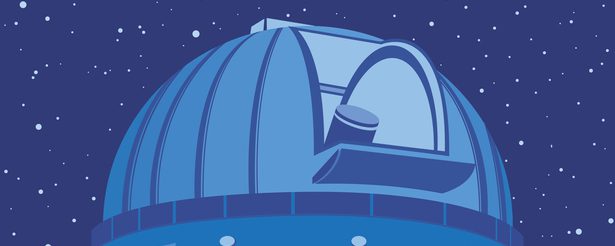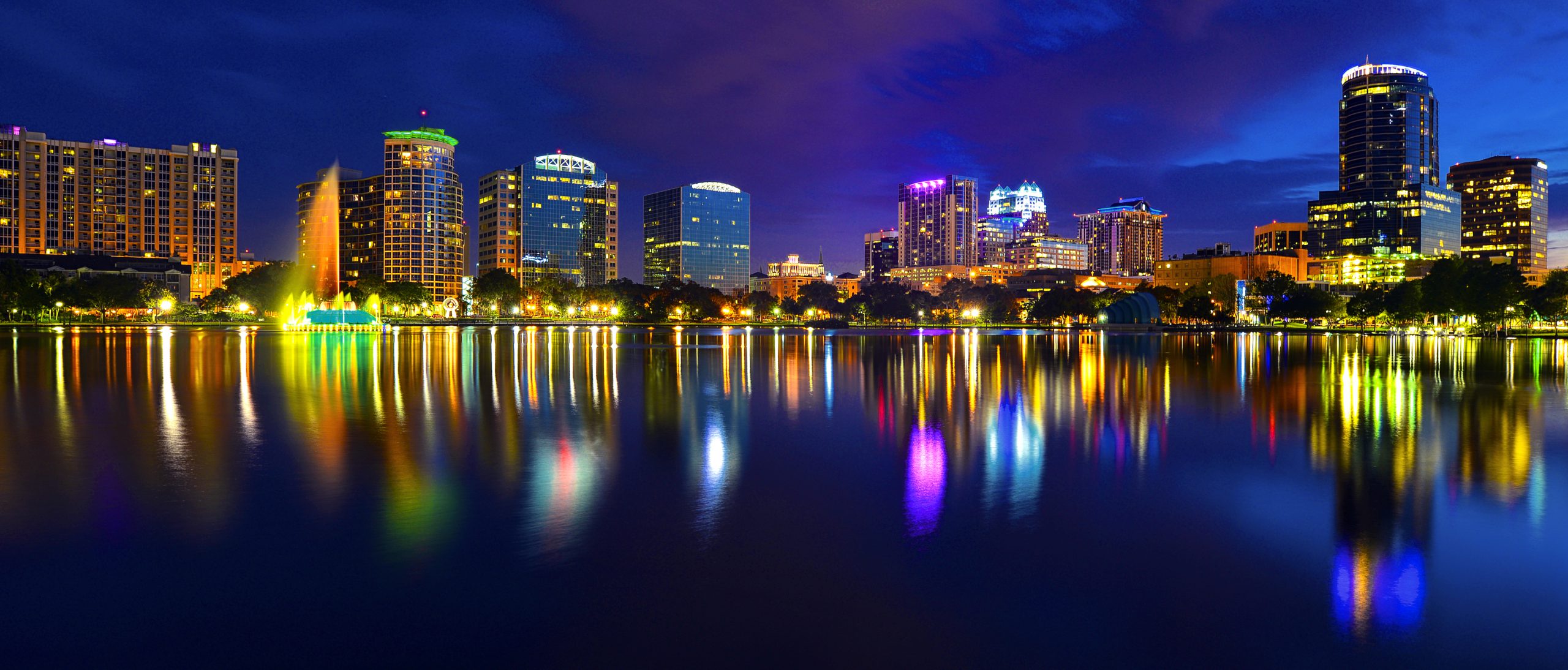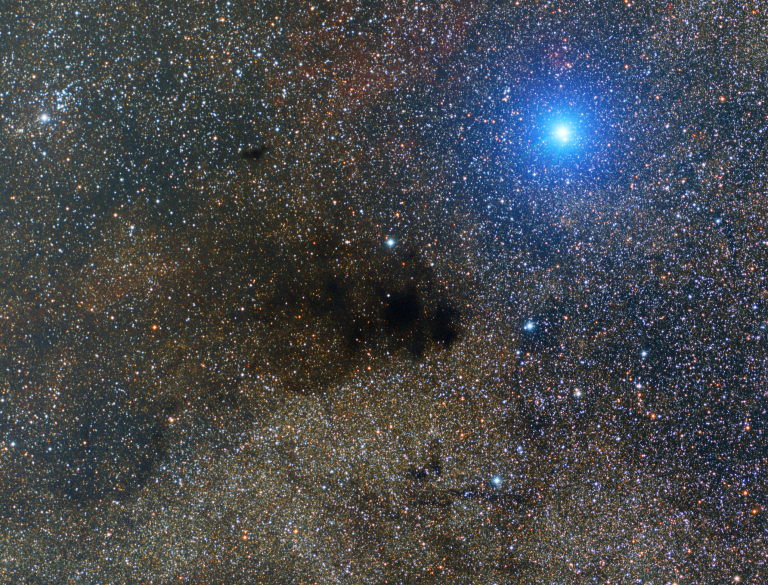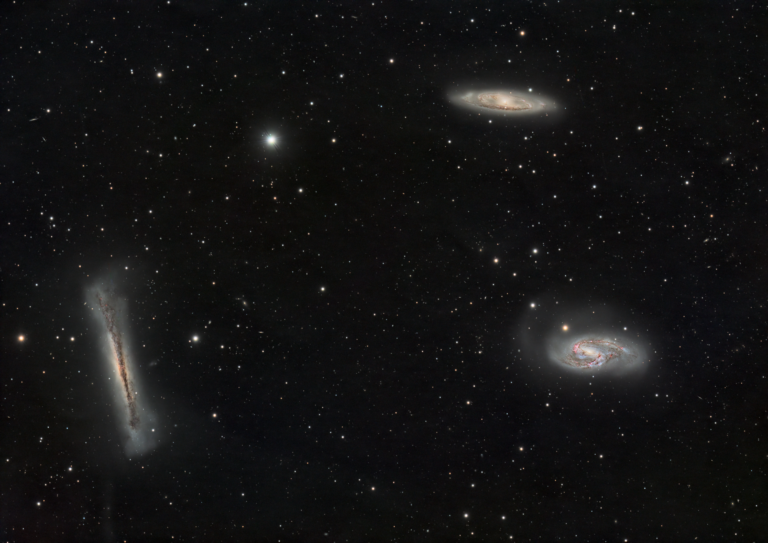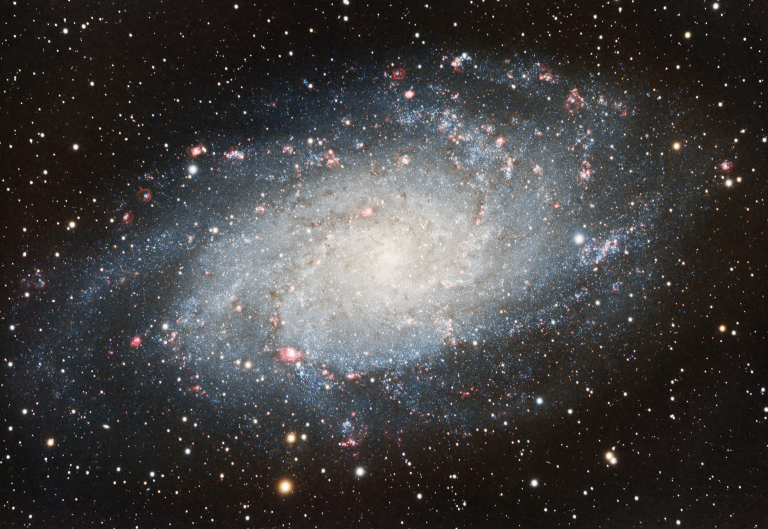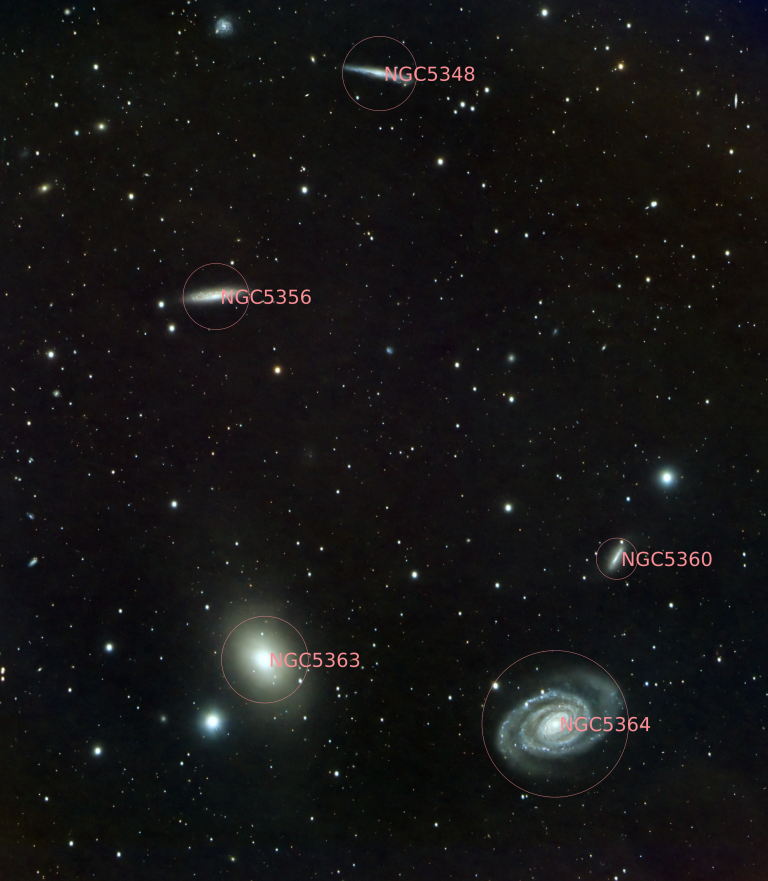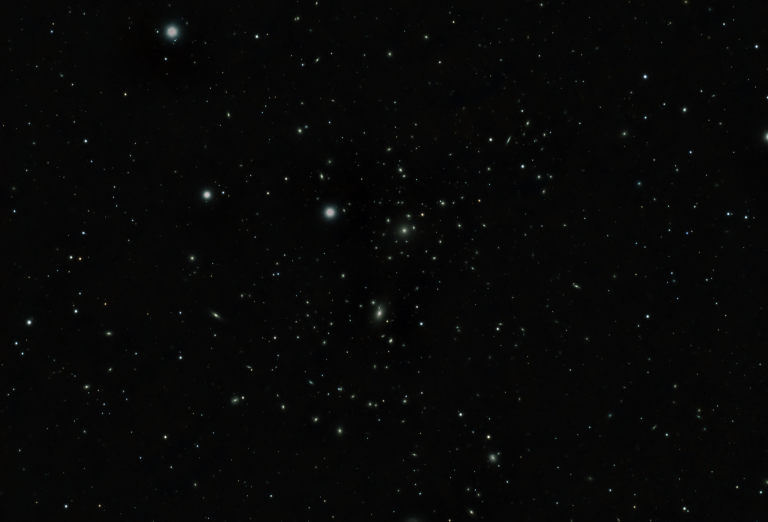Light pollution: dealing with it.
(Image credit: ddmitr, iStockPhoto.com)
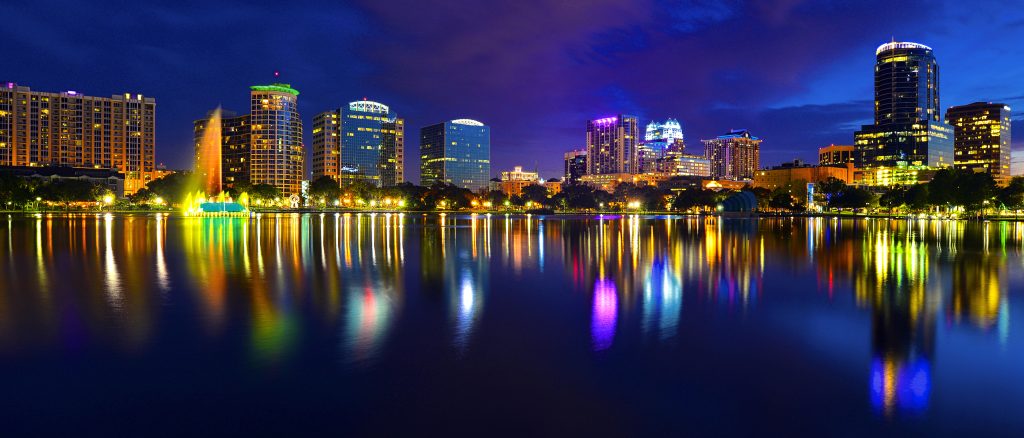
Every picture on this site was taken from a suburban driveway in a “red zone” on the light pollution map, literally underneath a streetlight. Every year more subdivisions and apartment buildings spring up in my city, and light pollution from the metro Orlando area just keeps getting worse. There are four options for dealing with this reality:
- Cry and complain (well, complaining to the city commissioners might actually do some good in the long run – they can at least make sure new developments shield their lights)
- Travel hours to a place with darker skies when you want to image (most nights, you’re not going to feel up to doing this! And if you have family and work commitments, it’s just not going to happen.)
- Rent time on a remote observatory (but then, the images don’t totally feel like they are yours)
- Find ways around with it.
I have found ways around it. While my images will never be as good as people who have their own observatories in remote, dark sites, I’m pretty happy with them – and ultimately that’s what matters. Here are the techniques I use:
Go narrowband.
Emission nebula can be captured very nicely using narrowband filters (Hydrogen-alpha, OIII, and SII.) With a monochrome, cooled CCD or CMOS camera (I prefer CCD) and a filter wheel, you can capture images from your backyard that rival those from a dark site. These filters only allow through the specific wavelengths that these objects emit, and block out the vast majority of light pollution in the process. It can be like bringing the Atacama desert to your backyard.
There are even ways to process this narrowband data such that it resembles true-color images that your eye would see. I wrote up my technique for this here.
This trick only works on emission nebula, but the others will work on anything.
Shoot things that are overhead.
Light pollution is generally worse near the horizon. If you plan your night such that you’re shooting objects that pass almost directly overhead, you can avoid a good deal of it. I don’t image anything unless it’s over 30 degrees in altitude for the entire time I’m exposing it, and for faint galaxies, you should probably go even higher.
For finding such objects, I use software called CCD Navigator that allows you to find interesting imaging targets that reach their highest point during darkness for a given night, and that are above a minimum altitude that you can set. It basically presents a menu of the best things to image every night.
Avoiding the horizon doesn’t just avoid light pollution, it also improves seeing and transparency since you are looking through less atmosphere toward your object the higher in the sky it is.
Use a dew shield.
Dew shields: they’re not just for dew anymore! (Although in Florida, their primary purpose is a very important one as well!) My dew shield is my secret weapon against the streetlight that’s right across from where I image from. It blocks out light sources, such as streetlights, headlights, and security lights that are common in suburbia, from hitting your optics. Only the light from what your telescope is pointing at gets through (well, as long as we’re only talking about direct light.)
Wait until it’s really dark.
It’s tempting to start imaging as soon as you’re aligned and can see some stars – but astronomical dusk happens about an hour later than that. Don’t make artificial light pollution worse by adding natural light into the equation as well – wait for astronomical dusk. Be aware of the moon, as well – choose targets that will be at least 60 degrees from the moon if it’s out.
I’ve also found that the later the night gets, the better light pollution gets. Businesses turn off some lights when they close, and there are fewer people out and about with their headlights and what-not. If you can automate your image capturing to happen while you sleep, you can take advantage of the dark skies the wee hours have to offer without becoming a zombie the next day from sleep deprivation. Automation will be the topic of a future post, as it’s a real game-changer.
Avoid humidity
This isn’t really practical advice in Florida – it’s always humid! But given the choice, image on drier nights. Water vapor in the air scatters light pollution, bringing it up much higher in the sky.
Stick with brighter objects
I don’t attempt anything dimmer than magnitude 10, unless it’s an emission nebula that I can use narrowband filters on. And even below magnitude 6, you’ll start to require many hours of exposure to get a decent image from light-polluted skies. But there are lots of gorgeous objects, including distant galaxies, brighter than magnitude 6. And there’s no need to limit yourself to deep sky objects, either – the planets, the Moon, and globular clusters are all bright enough to be basically immune to light pollution.
Expose longer, with shorter sub-exposures.
Light pollution is basically noise – and we can use that to our advantage. With more exposure time, your signal (the object you’re imaging) increases in strength, while noise starts to average itself out. In principle. you can match a dark-sky image from suburbia if you’re willing to expose your object for much longer. For faint objects, I’ll combine data taken over several nights in order to achieve a good result.
You can accelerate this process by taking shorter sub-exposures, as well. Every sub-exposure is an opportunity to average out the background noise when they are stacked, and the more, the better (although there is a point of diminishing returns after 20 or so.) Modern astronomy cameras typically have very little read noise, which means you can probably get good-enough sub-exposures with 60-120 seconds for LRGB data, or 240-300 seconds with narrowband filters. With a quality mount, those are short enough times to potentially image unguided as well, which also saves a ton of hassle. You’ll also avoid over-exposing your stars this way.
With these techniques at your disposal, you’ll find astrophotography to be a very rewarding hobby – even if you’re not yet at a point in your life where you can retire to a remote, dark desert!
